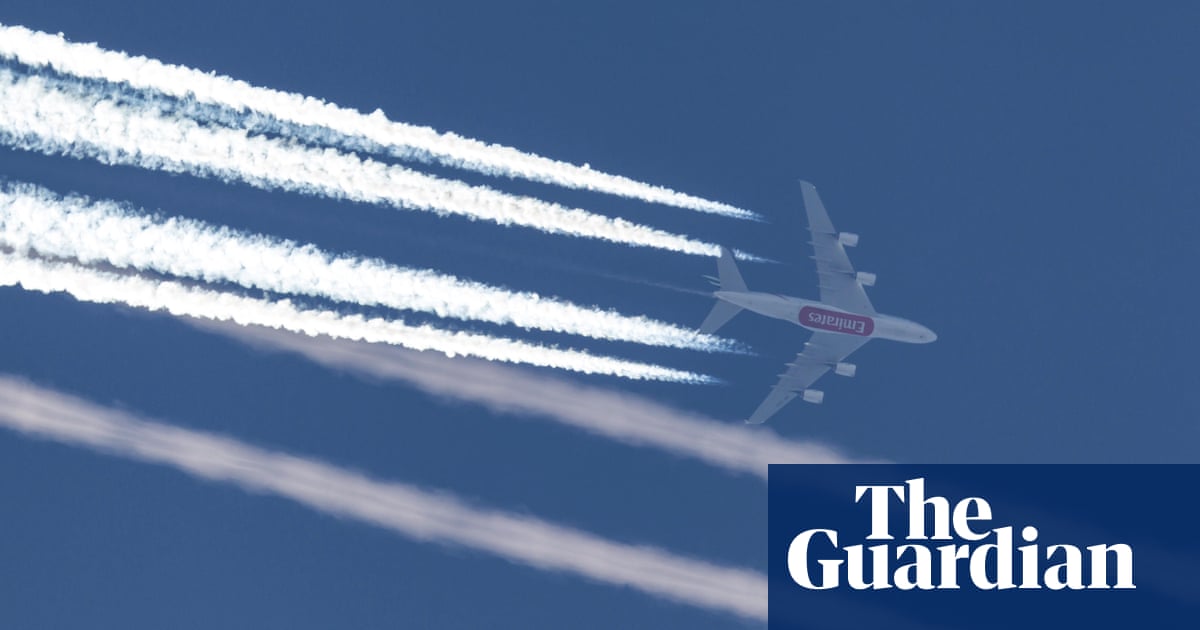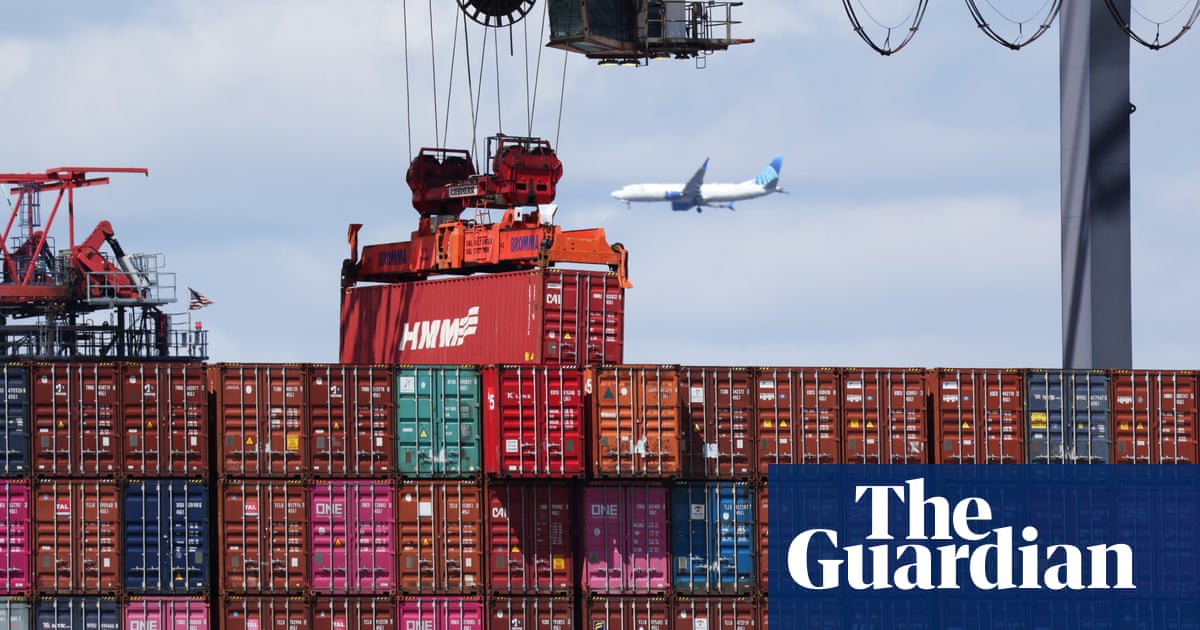As many as five areas of England are expected to go into drought this summer after the hottest June since records began 1884.
Three heatwaves, which tend to increase water consumption, combined with a lack of rain means that large swathes of England are heading towards drought status and the damage to the environment that entails.
Officials from the Met Office and Environment Agency told journalists in a briefing that they expected more hosepipe bans to be enacted across the country this summer. Richard Thompson, the deputy director for water resources at the EA, said the agency had been pressing water companies to enact their drought plans, including hosepipe bans.
He confirmed that more regions were expected to enter drought status and the affected regions would be confirmed on Tuesday.
Thames Water on Monday announced a hosepipe ban for households in Gloucestershire, Oxfordshire, Berkshire and Wiltshire. Yorkshire Water and South East Water have already put temporary use bans in place.
Yorkshire and the north-west of England are officially in drought status while the north-east, East Midlands, West Midlands and much of Oxfordshire, Berkshire and Surrey are in prolonged dry weather status, the level below drought.
Water companies have been in preliminary discussions with the EA about drought permits, the officials added. These permits allow water companies, in exceptional circumstances, to extract more water from the environment than they would usually be allowed to. The EA tries to avoid granting these permits because it can severely damage rivers and other aquatic environments, particularly when river flows are already low.
Martin Salter, the head of policy at the Angling Trust, said: “Water resource planning in the UK has been wholly inadequate for generations with no serious provision made for the impacts of climate change and population growth. Reservoir building has been minimal and leakage rates are still far too high and as a result it is always the environment that suffers. Hosepipe bans right now are obviously necessary but the problem goes far deeper than a bit of short term tinkering while our rivers suffocate and wildlife dies.”
No major reservoirs have been completed in England since 1992, shortly after the water sector was privatised, and water companies leak about 3bn litres a day through faulty pipes.
A landmark report from the Met Office has found searingly hot days and devastatingly heavy rainfall are happening at increasing frequency as a result of climate breakdown.
Farmers have been banned from abstracting water to irrigate their crops and the grass has dried up in many areas, meaning they are having to use winter feed for their livestock.
Stuart Sampson, a water resources manager at the EA, said the dry spring meant farmers started irrigating their crops early and had used up their abstraction licences for the year. He added that root vegetables such as carrots, potatoes and onions were likely to suffer as a result of the drought.
There have also been many fish die offs as river flows are exceptionally low, with low oxygen levels meaning fish suffocate. The warm conditions have caused harmful algal blooms on rivers and lakes across England and the reservoirs that feed canals are in their worst state for 20 years, he added.
Lucy Barker, a senior hydrological analyst at the UK Centre for Ecology and Hydrology, said rivers were as low as they had been in some of the country’s worst droughts.
She added: “The exceptionally dry weather of the spring continued in the east of Britain in June, and has resulted in some exceptionally low flows, many of which are similar to – or lower than – those seen in droughts like 1976, 2018 and 2022. Although the wet weather in June has led to some recovery in river flows and soil moisture levels in the west, this is unlikely to have eradicated the long-term deficits that have been established since the start of year, if not in late 2024 in some places.”

 3 hours ago
2
3 hours ago
2

















































